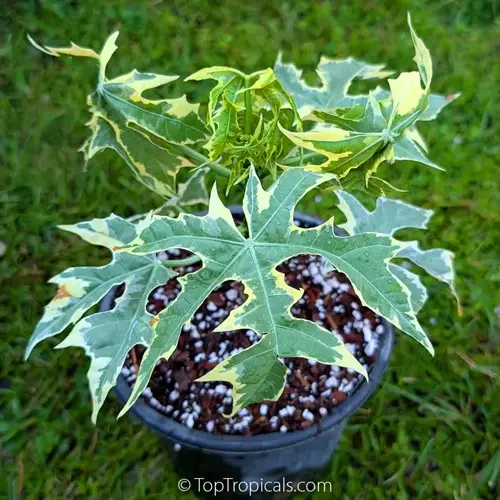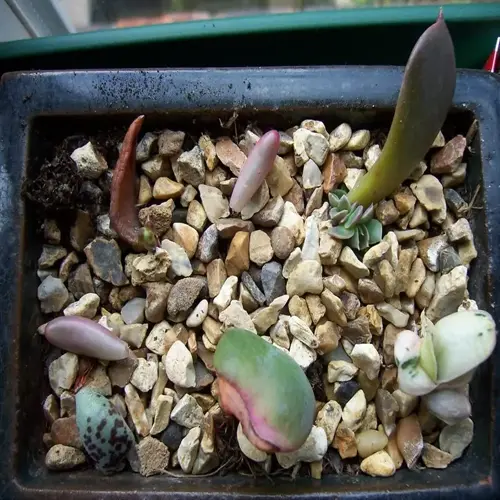When should you fertilize upside-down tomatoes?

Written by
Julia Anderson
Reviewed by
Prof. Charles Hartman, Ph.D.To fertilize upside-down tomatoes properly, you must time it properly to promote growth without harming the roots. For the first feeding, apply three weeks after planting when the roots are properly established. Fertilizing too early can burn the delicate roots before they have developed enough. I learned that lesson the hard way when my first plants turned yellow after feeding them too soon.
Root Establishment Phase
- No fertilizer for first 21 days after planting
- Roots need time to expand without chemical stress
- Water with seaweed extract to encourage root growth
Vegetative Growth Boost
- Apply balanced 10-10-10 formula weekly
- Focus on nitrogen for healthy foliage development
- Use half-strength solutions to prevent salt buildup
Flowering Transition
- Switch to phosphorus-rich 5-10-5 fertilizer
- Promotes abundant flower formation and strong stems
- Apply every 10 days during peak blooming
Switch to potassium-rich formulations when budding fruits begin to form. I typically use 0-10-10 solutions every two weeks during this period. Potassium enhances both the quality and flavor development of fruits. It's wise to avoid high nitrogen at this stage to prevent promoting excessive leaf growth over tomato plant growth.
Use watering cans to apply liquid fertilizers thoroughly. If I use concentrates, I dilute them to half strength to avoid root burn. Be sure to use a good amount of diluted fertilizer so that it evenly permeates the soil. Also, water the soil thoroughly beforehand to form a protective barrier. This will also help prevent fertilizer salts from becoming overly concentrated near sensitive roots.
Cease all fertilization three weeks before the desired harvest date. Continuing to feed will slow ripening and impact taste. The tastiest tomatoes I've grown come from plants that naturally finish their nutrient cycle. Wash the soil with water to remove leftover fertilizer salts.
Observe plants for signs of nutrient sufficiency between feedings. Purple stems are a sign of phosphorus deficiency, and yellowing leaves are a sign of nitrogen deficiency. I take pics every week to compare the subtle color change. Use these visual cues, combined with a schedule, to guide your approach.
Read the full article: How to Grow Tomatoes Upside Down Successfully

